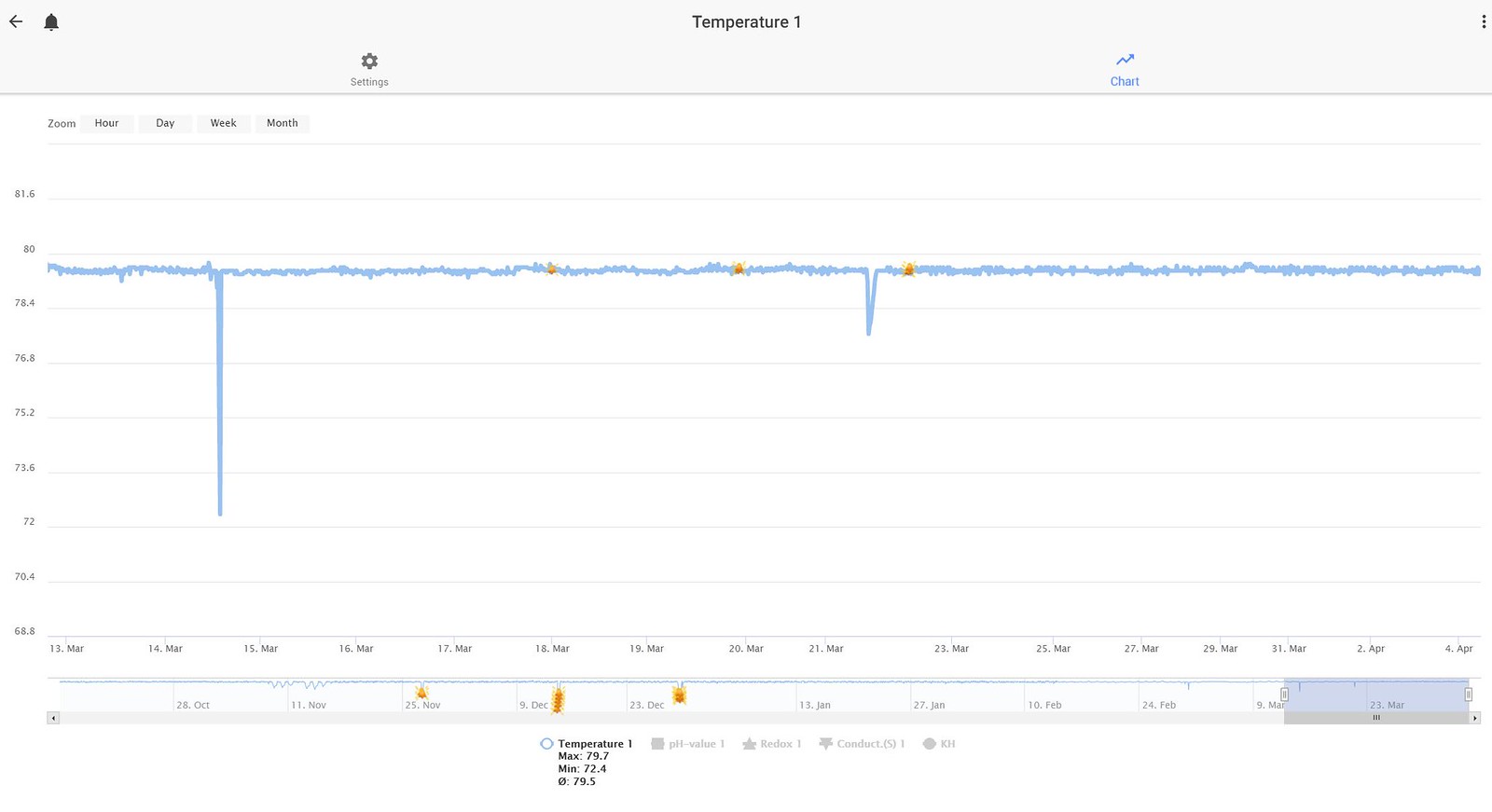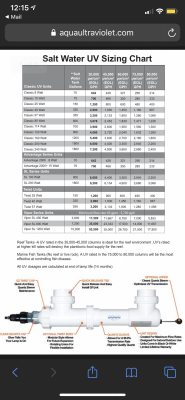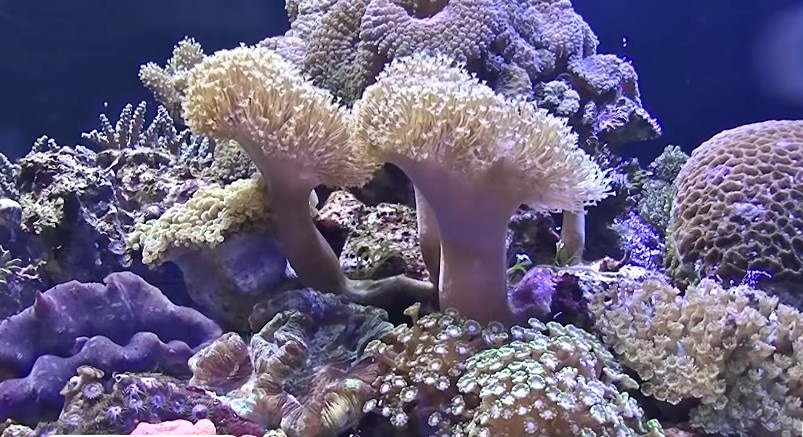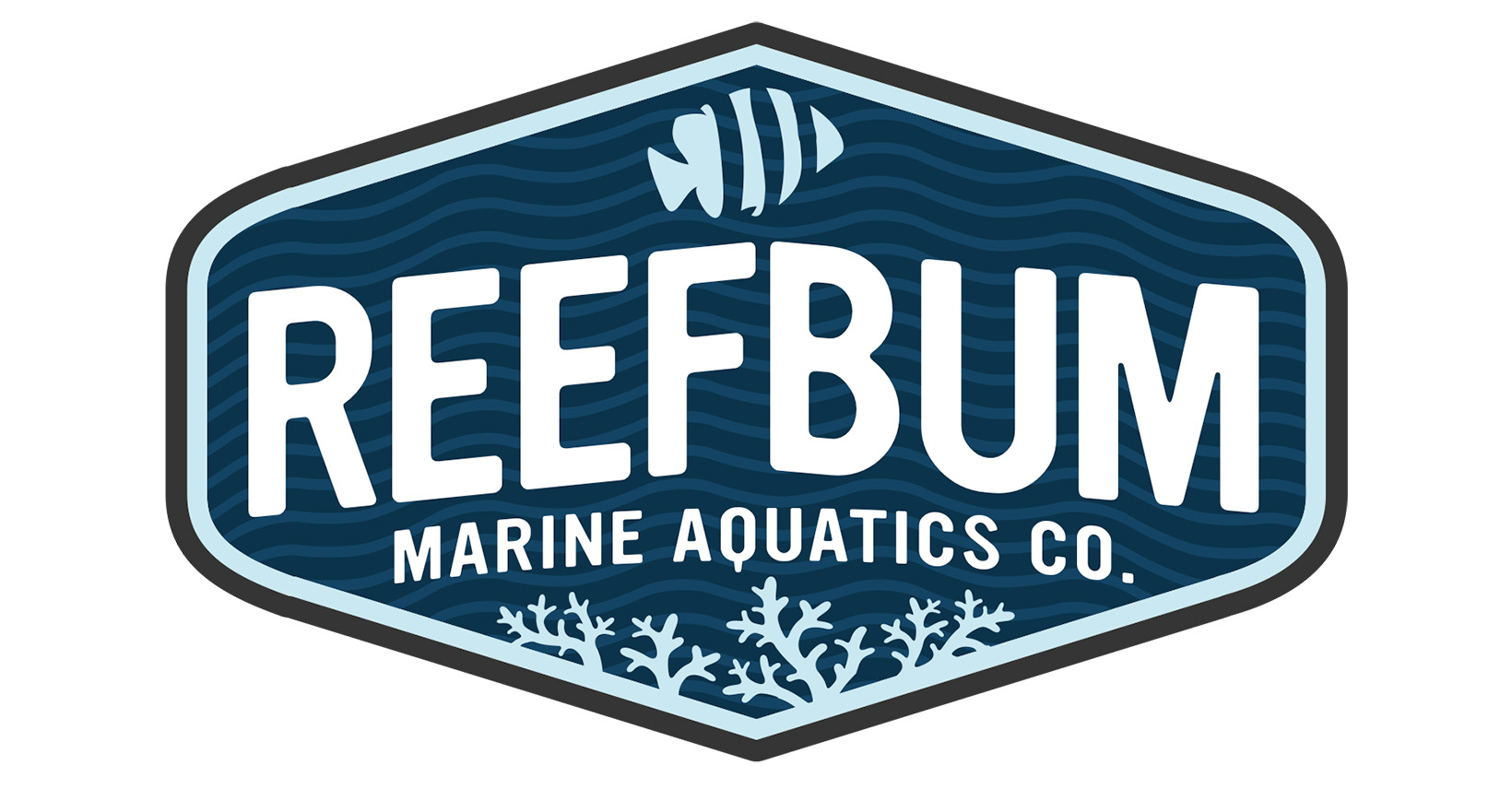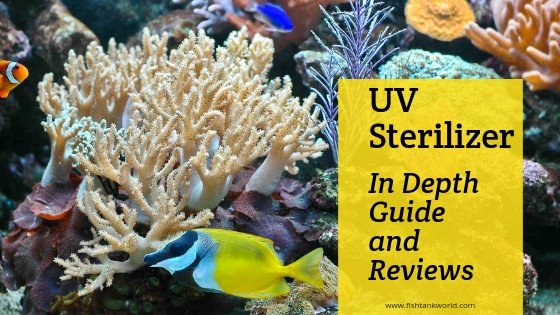Using UV-C, I think the benefits may be a myth as well they are a fact.
UV_C when correctly used will sterilize the water passing true the unit. If not used correctly UV-C will sterilize the water partially and leave difficult pathogens behind favorizing them in the ongoing competition.
UV-C will not sterilize the tank as space and nutrients not taken by ancestors of sterilized organisms will rapidly be taken by organisms present in the tank or and by organisms spared due to a too low dose.
UV-C is very effective to sterilize the water to be used in a quarantine tank and to lower the pathogen pressure.
UV-C germicidal units must be used correctly and doses must be high enough to kill all marine pathogens, otherwise, the cure may be worse as the disease. As such units often operate at a low flow rate the temperature of the water in the unit may rise above 40°C. This means such a unit can not be connected directly to the tank. To prevent too high temp the unit must be big enough. Good UV-C germicidal units are big and expensive. For smaller units use amalgam UV-C germicidal lamps!
Using a good UV-C unit with water coming from the skimmer will prevent the selective removal of TOC by the skimmer may favor the development of pathogens or and certain kinds of bacteria not skimmed.
Using UV-C at low doses just to battle photo-autotrophs is a very bad idea.
If UV-C germicidal units are used they must be able to sterilize the treated water, if not, please do not use them!
UV_C when correctly used will sterilize the water passing true the unit. If not used correctly UV-C will sterilize the water partially and leave difficult pathogens behind favorizing them in the ongoing competition.
UV-C will not sterilize the tank as space and nutrients not taken by ancestors of sterilized organisms will rapidly be taken by organisms present in the tank or and by organisms spared due to a too low dose.
UV-C is very effective to sterilize the water to be used in a quarantine tank and to lower the pathogen pressure.
UV-C germicidal units must be used correctly and doses must be high enough to kill all marine pathogens, otherwise, the cure may be worse as the disease. As such units often operate at a low flow rate the temperature of the water in the unit may rise above 40°C. This means such a unit can not be connected directly to the tank. To prevent too high temp the unit must be big enough. Good UV-C germicidal units are big and expensive. For smaller units use amalgam UV-C germicidal lamps!
Using a good UV-C unit with water coming from the skimmer will prevent the selective removal of TOC by the skimmer may favor the development of pathogens or and certain kinds of bacteria not skimmed.
Using UV-C at low doses just to battle photo-autotrophs is a very bad idea.
If UV-C germicidal units are used they must be able to sterilize the treated water, if not, please do not use them!
Last edited by a moderator:






